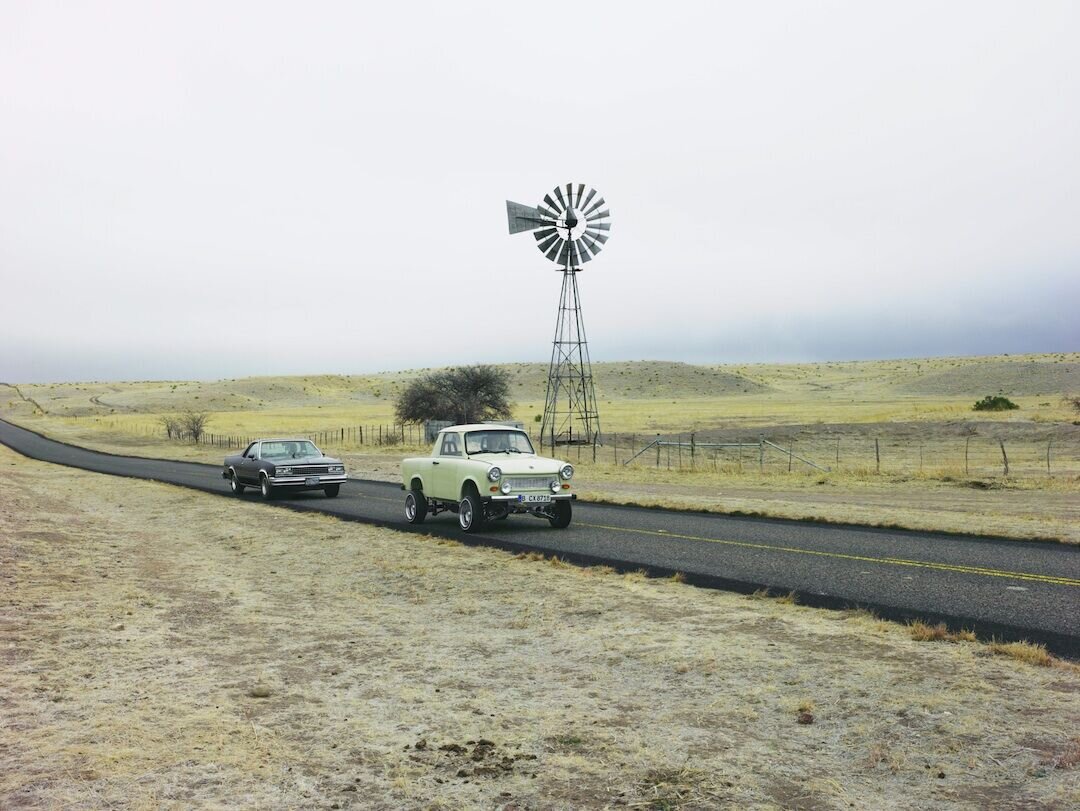Liz Cohen: Art of Car
I first met Liz Cohen leading up to the exhibition of “Bodywork” in New York City a decade ago. I covered the exhibition for The New York Times. The work was like none that I had encountered – a functional automotive sculpture rooted at the crossroads of 20th century industrialization.
At the core of “Bodywork” was the East German Trabant, a relic of the communist era in which each Eastern Bloc country had its own specific make and model. In the Soviet-era, cars were homogenous, designed to signal the sameness of the laborers and the political ethos of the government. To build “Bodywork” Liz hunted down an old Trabant and reimagined it as a functional lowrider, a hallmark of Latinx car culture. Lowriders also date back to the post-war era, when they first emerged in the Los Angeles Mexican-American community. Returning servicemen applied their knowledge of vehicle repair to create this imaginative customizing practice. Lowriders, usually constructed from American car models, bounced, writhe, and extended, cast in vibrant colors, as statement pieces and expressions of unique identity. Under Liz’s care, the Trabantimino became a fully functional lowrider, and a delight to behold when Liz would demonstrate its rocking and rolling abilities for audiences in the gallery. Yet, beneath the whimsical nature of its being there was a substantive critique of gender, race, and class assumptions.
To report this story, I visited Liz at her studio, which was actually an automotive body shop outside of Detroit, the Motor City, where she was also photography department chair at Cranbrook Art Institute. To realize this sculpture, Liz became a skilled trades person. She learned to weld, wrench and navigate the tools of machine shops. She had apprenticed for auto body mechanics, and eventually she developed her own techniques. When I arrived at the shop, dusty and greasy, Liz emerged. She blended in with the all-male mechanics, many of whom had never encountered a working artist before, but who had developed utmost respect for the skill Liz had acquired. At the time, Liz was an established photographer and her work had already begun to explore gendered material, placing herself as both subject and participant.
Over the years I returned to Detroit and had the opportunity to meet and write about some of Liz’s former Cranbrook students, who were emerging as contemporary artists. What struck me was how each of them stressed how essential Liz had been to their personal growth. She was viewed as an artist and educator who encouraged students to experiment with content and materials, to go deeper. She wasn’t afraid to roll up her sleeves, and get under the hood.




